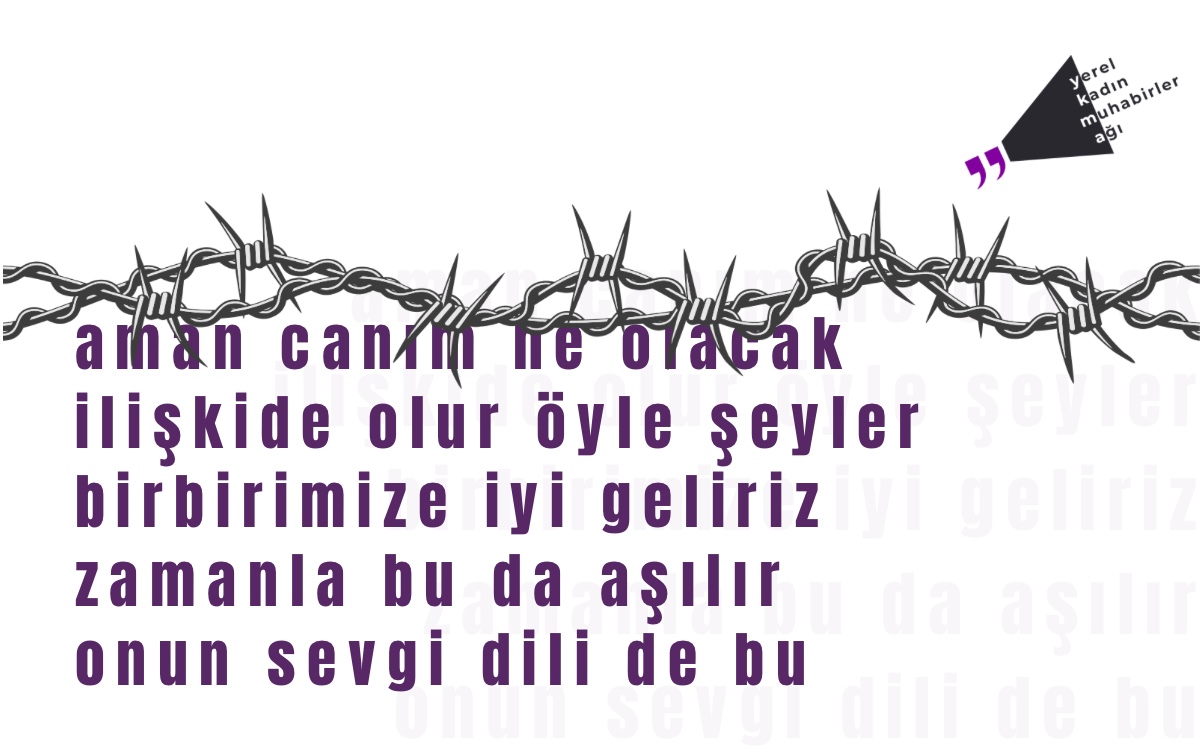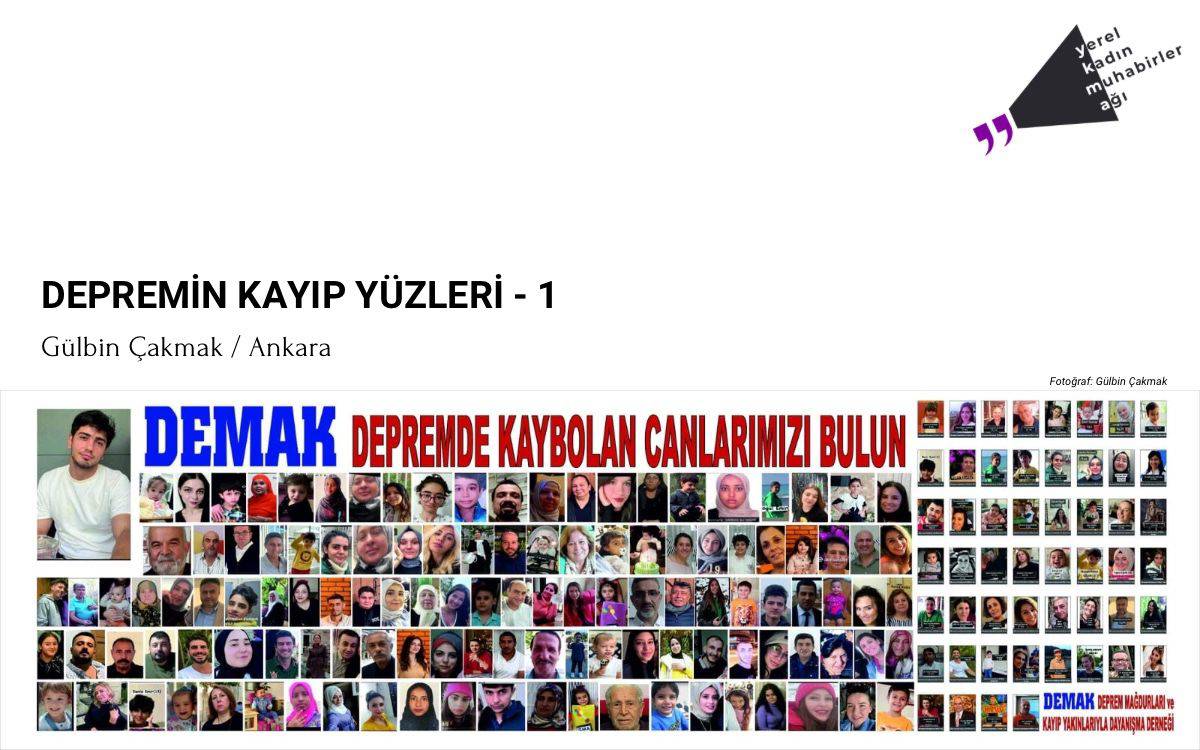Paylaş
We tend to normalize these problems with excuses such as “oh, it’s not a big deal, things like this happen in relationships, we’re good for each other, it will pass with time, that’s just his way of showing love,” often for the sake of “keeping the relationship going” or for other reasons.
Relationships that sweep us off our feet, make our hearts race, seem full of passion, care, and romantic-comedy-like surprises can, just like toxic relationships, harm both partners and contain, nurture, and reproduce certain forms of violence. What’s more, we often do all this under the guise of “loving too much.” Don’t love too much, dear reader—or at least, change your love language.
So, what is dating violence?
It is a boundary violation in which, at any stage of the relationship—during, while ending, or after it—one partner attempts to gain power and control over the other through various means and engages in harmful behaviors.
This situation can occur in both short- or long-term relationships, whether online or face-to-face, and regardless of gender, sexual orientation, or age. Like all other forms of violence, dating violence also varies from person to person and relationship to relationship, and the way individuals understand and cope with it differs as well. Unfortunately, it is not possible to talk about a single type of dating violence. These are:
- Emotional/verbal violence
- Digital Violence
- Stalking
- Physical violence
- Sexual Violence
- Economic Violence
- It appears as social violence. Additionally,
- Gaslighting,
- Love-bombing,
- Ghosting,
- Benching,
- Concepts such as stealthing (non-consensual condom removal) are also elements of dating violence. When we look at what experts have conveyed on the subject, a statement like “a person is highly likely to be both the perpetrator and the victim of violence, because people generally find it appropriate to respond to dating violence with violence” particularly caught my attention. However, personally, I also think this statement reflects a problematic perspective. Dating violence, which may go unnoticed in the early stages of a relationship, gradually intensifies over time and turns into a situation that completely affects the victim’s life, evolving into a serious boundary violation and harassment. If we are to consider the different types of dating violence individually:
- Emotional Violence: Among the types of violence, it is the least recognized but the most frequently experienced. It is also known as psychological violence. It causes a person to lose their self-confidence and self-respect, to experience fear and anxiety, to doubt themselves, and to feel guilt. It can be inflicted through direct insults, swearing, intimidation, or manipulation.
- Digital violence: The intense integration of technological tools and social media into our lives has increased the frequency with which we encounter this form of violence. This type of violence often manifests through the use of digital tools and social media platforms for partner control — such as demanding passwords, interfering with shared photos under various pretexts, or meddling with followers and followed accounts, among other behaviors.
- Stalking: This type of violence, which also affects a person’s social life, involves persistently following someone—either physically or through social media—posing a threat to their safety. It is commonly seen between partners who have separated or are still in a relationship. It is carried out with the intent to threaten, intimidate, or control.
- Physical violence: This is the most easily understood type among the various forms of violence. It involves physical intervention or assault against a person. It can occur during the relationship or at the stage of separation.
- Sexual violence: This includes situations where one partner forces the other into sexual intercourse or intimacy, refuses to accept “no” regarding sexual activity, engages in sexual acts while the other person is under the influence of alcohol or not fully conscious, displays degrading or rude behavior during, before, or after sexual activity, and either refuses to use birth control methods or prevents their use. These are all examples of sexual violence.
- Economic violence: Economic violence involves using money to control a person’s behavior or decisions, attempting to dictate how they spend their money, interfering with matters related to their job, and undermining their financial independence.
- Social violence: Social violence involves interfering with a person’s social life or social circle, threatening to publicly humiliate them in social settings—or actually doing so.
Making sense of and ending the process
We briefly looked at what violence and its various forms are — which, in fact, most of us are already familiar with. Unfortunately, even though we know these things, we sometimes fail to understand what is happening or what we are experiencing, and we cannot break out of the cycle of violence. Or, just as we try to escape, we face another form of violence.
İlişkimiz güvenli mi?
We should remind ourselves of this question and be able to answer it with complete honesty—without listing various excuses or “buts.” Also, we should observe and listen to our partner, as well as listen to ourselves.
For example, “What does your partner think about gender equality, and to what extent do their actions reflect those beliefs?” “How does your partner treat the people around you and in their own circle?” “What methods does your partner prefer to use when solving problems?” “Does your partner share a secret you’ve told them with others, or threaten to do so?” “How do you feel when you’re with them?” “Do you feel like you have to act like someone else when you’re around them?” “Can you communicate with your partner without the fear of being judged?” “Are the emotions you feel in the relationship truly your own?”
These and similar questions we can ask ourselves can provide us with data to understand and make sense of the relationship we are in and can help us notice certain things. Sometimes we can notice what we are experiencing thanks to a “small” argument.
During an argument, your partner might accuse you of being selfish, claim your mental health is unstable, or try to “punish” you by sulking, going silent, and withdrawing. At that point, walk away without looking back — and listen to the friends who say, “I think you should break up, buddy.” They might just be right, dear reader.
But don’t stop at simply walking away from the abuse. Seek support — women’s solidarity networks can provide both legal and psychological assistance. In urgent situations, don’t hesitate to call the police or gendarmerie. The Ministry of Family and Social Services also offers support in such cases. Exposing the abuser, expressing your feelings through art, or changing your environment may also be options quietly calling out to you.
No matter what, what we’ve been through is not our fault — and we are never alone!






